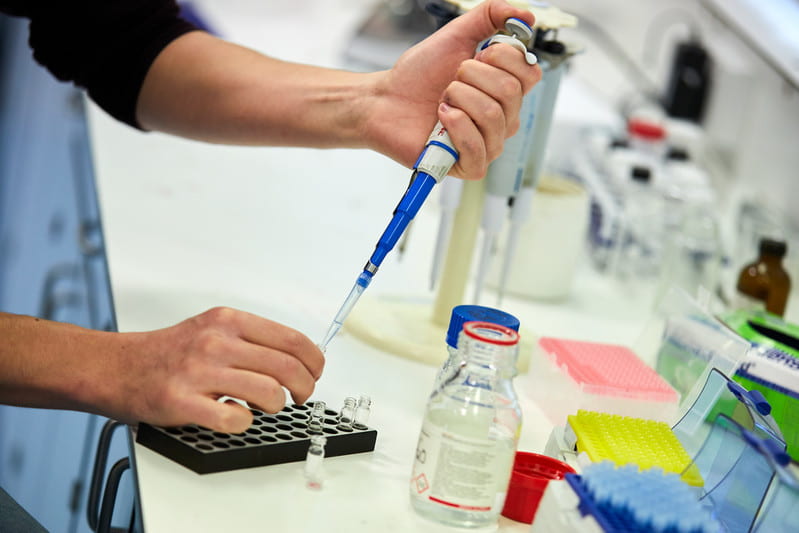
We are pleased to announce that the winners of the competition are Nina Di Cara from Population Health Sciences and Tiff Massey, Analyst from Ernst and Young with their project ‘Is loneliness associated with movement for education?’. The specific research question assumes that in most cases, movement for primary and secondary education is associated with upward social mobility. That is, moving to try to get into a better school than is available in their current local area.
The team’s research question was ‘Is community-level loneliness associated with the quality of local schools, and how far can this be attributed to the movement of families pursuing upward social mobility through education?’
The winning team explored several models and created novel metrics to explore the relationship between loneliness and movement education. They found the population change caused by moving of children aged 4-15 has a small impact on loneliness in communities. They hypothesised that the reason children of this age move, is mostly to pursue better educational opportunities and so movement for the purpose of education in primary and secondary students is associated with loneliness. We will hear more about the details of the analysis in Nina Di Cara’s upcoming blog, to be published on the ONS Data Science Campus website.
Nina Di Cara said “We were so excited at the opportunity to take part in the data challenge, especially since it gave us the chance to try out using open data to answer a question that has real-life significance. It was a lot of fun to work together and challenge ourselves – we both learned a lot by taking part so winning was a bonus!”
Jasmine Grimsley, Senior Data Scientist at the ONS Data Science Campus, said “Congratulations to the winners of this year’s Jean Golding Institute Loneliness data challenge which provided an opportunity for students to use their cutting-edge analysis skills to answer current questions relevant to government. Students brought together alternative data sources, admin data, and combined it with existing open government data in novel ways.
“At the Data Science Campus we want to work with people from across the country to try new ways of analysing data to provide new information which can inform decisions. The methods our winners used are exciting and will help in future explorations of how the country can make better use of its data.”
The winners received £1,000 in prize money and have also been invited to the Office for National Statistics (ONS) Data Science Campus to share new ideas for data analysis. They will also have the opportunity to present their findings and spend a “Day in the life” of a Government Data Scientist. Furthermore, their work will be showcased on the Data Science Campus website in blog form.
The two runners-up each receiving £250 are Angharad Stell and Robert Eyre.
More about the competition
The Office for National Statistics have developed a loneliness index using open prescription data which is available at the MSOA (Middle layer Super Output Area in the ONS coding system) level across England. These data also provide information to identify MSOA’s that are within geographical clusters where the loneliness index is high or low. We would like to understand if the mobility of people for education is associated with the risk for being in a high or low cluster. The movement of people for education can be locally or across a great distance.
In this competition, we challenged participants to put forward a research question related to loneliness and movement for education, and answer it using the loneliness dataset provided (see below) alongside other suggested data sources. Read more
The Jean Golding Institute data competitions
We run a number of competitions throughout the year – to find out more take a look at Data competitions.







